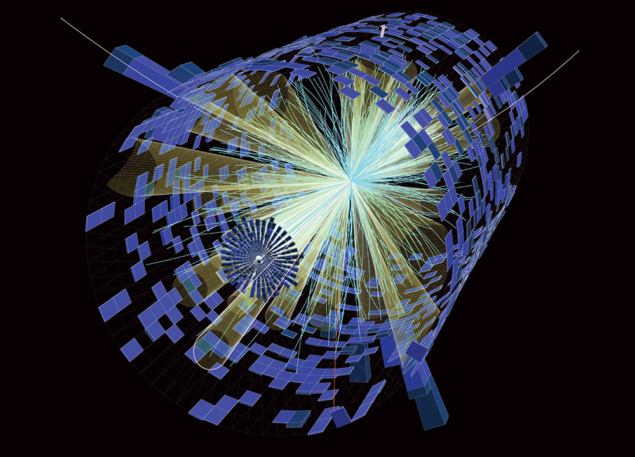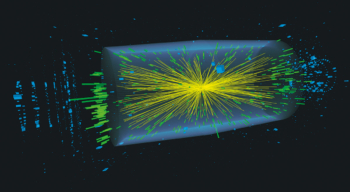
The US National Science Foundation (NSF) has launched a $25 million effort to help tackle the torrent of data from the High-Luminosity Large Hadron Collider (HL-LHC). The Institute for Research and Innovation in Software for High-Energy Physics (IRIS-HEP), announced on 4 September, brings together multidisciplinary teams of researchers and educators from 17 universities in the US. It will receive $5 million per year for a period of five years, with a focus on developing new software tools, algorithms, system designs and training the next generation of users.
Construction for the HL-LHC upgrade is already under way (CERN Courier July/August 2018 p7) and the machine is expected to reach full capability in the mid-2020s. Boosting the LHC’s luminosity by a factor of almost 10, HL-LHC will collect around 25 times more data than the LHC has produced up to now and push data processing and storage to the limit. How to address the immense computing challenges ahead was the subject of a recent community white paper published by the HEP Software Foundation (CERN Courier April 2018 p38).
In 2016, the NSF convened a project to gauge the LHC data challenge, bringing together representatives from the high-energy physics and computer-science communities to review two decades of successful LHC data-processing approaches and discuss ways to address the obstacles that lay ahead. The new software institute emerged from that effort.
The institute is primarily about people, rather than computing hardware, explains IRIS-HEP principal investigator and executive director Peter Elmer of Princeton University, who is also a member of the CMS collaboration. “The institute will be virtual, with a core at Princeton, but coordinated as a single distributed collaborative project involving the participating universities similar to many activities in high-energy physics,” he says. “High-energy physics had a rush of discoveries in the 1960s and 1970s that led to the Standard Model of particle physics, and the Higgs boson was the last missing piece of that puzzle. We are now searching for the next layer of physics beyond the Standard Model. The software institute will be key to getting us there.”
Co-funded by NSF’s Office of Advanced Cyberinfrastructure (OAC) and the NSF division of physics, IRIS-HEP is the third OAC software institute, following the Molecular Sciences Software Institute and the Science Gateways Community Institute.
“Our US colleagues worked with us very closely preparing the community white paper last year, which was then used as one of the significant inputs into the NSF proposal,” says Graeme Stewart of CERN and the HEP Software Foundation. “So we’re really happy about the funding announcement and very much looking forward to working together with them.”





